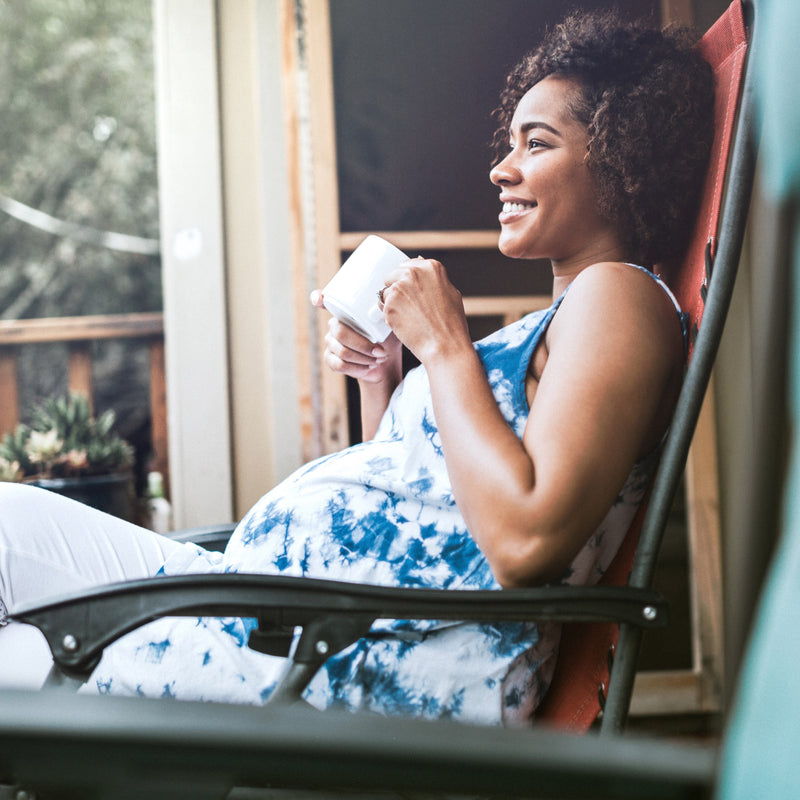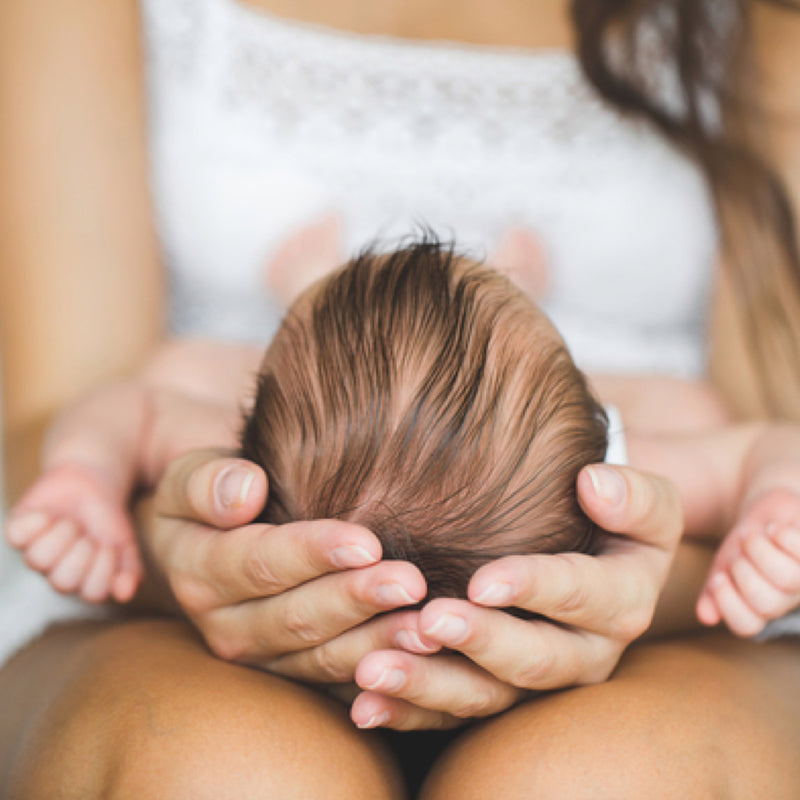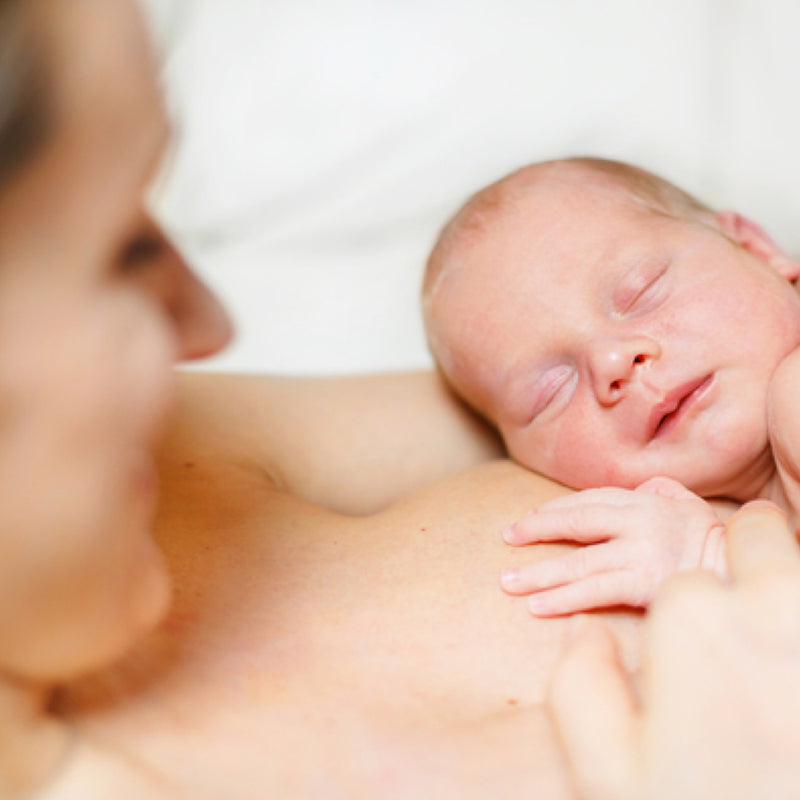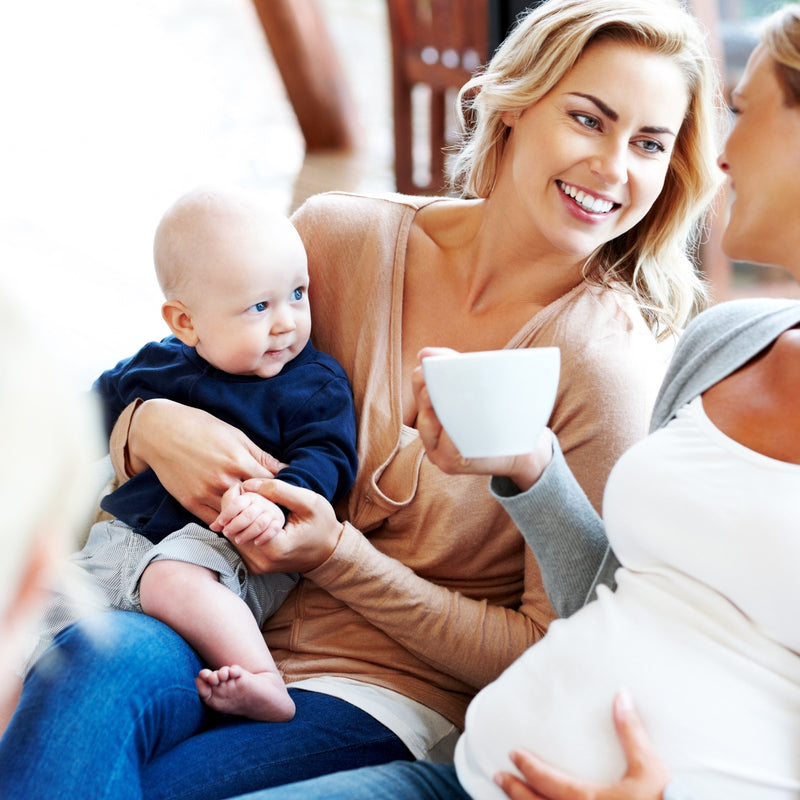It may not even cross your mind as you excitedly browse the aisles of your baby store of choice, but it’s probably one of the most important things to consider as far as your nursery is concerned. Most parents will likely discover that baby proofing, and all of the gadgets that make it a reality, are some of the most important (and potentially sanity saving) things you can purchase at these stores.
For my family, it happened around when my first son was about six months old and starting to crawl. That is when we first discovered that nothing is safe from the grasp of a rapidly growing small child, and there has been no turning back since. Baby proofing can be an evolving process as a result, and we found one of the most important rooms to baby proof was also the one we thought of last: the nursery. There are so many hazards in that room I didn’t give a second thought before my firstborn was mobile.
Let me save you the trouble of finding things out the hard way by sharing a few things experience has taught me to keep in mind as you baby proof your child’s room.
Back to basics
They are everywhere else in your house – don’t forget things like outlet covers and drawer pull stops to keep your growing child safe from harm in their room. Another good idea is anti-tip furniture straps for those larger pieces of furniture.
Move it on out (or up)
A popular trend in nurseries is to have open-concept closets and storage. Most changing tables have open shelving to utilize for storing things like changes of clothes and diapers or shampoos and lotions. Open-concept closets are integrated into many popular posts on nursery design and décor. Yet both of these things can prove hazardous for your mobile child if not dealt with properly. Keeping things like diaper cream out of reach may mean moving those colorful storage bins up higher as your child becomes more mobile, and it may be a good idea to opt to reinstall those closet doors.
No More Slips
There is no way to protect your newly walking toddler from everything. When my son was about 11 months old, he slipped on our copy of “The Giving Tree” in the living room and I watched in horror as his little leg twisted in a way that would send most adults to the emergency room. He barely cried, but that doesn’t mean safety should be of utmost concern where it’s possible to be proactive. Using no-slip floor coverings underneath rugs and furniture is a very good idea for accident-prone toddlers who are especially susceptible to slips and falls.
Don’t forget décor
The reach of a toddler is something that never ceases to amaze me, especially in the kitchen. Yet there are things that will slowly become more and more attainable to a curious toddler as they are looking to explore and learn more about the world around them. The artwork, shelving or other décor adorning the walls they’ve spent all those immobile months staring at will look mighty tempting as time goes on, so it’s important to make sure everything is carefully and safely secured to the wall to prevent accidents.
For more tips and tricks, head to Modernize.com
Our Products
-
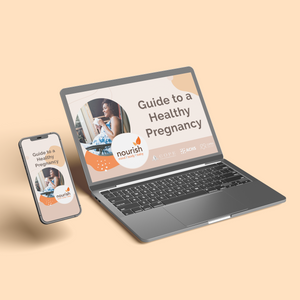
01. Guide to a Healthy Pregnancy
$55 -
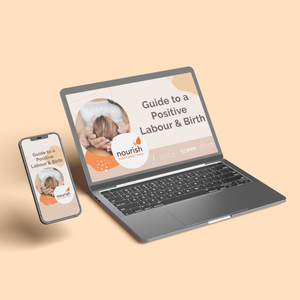
02. Positive Birthing Course
$55 -
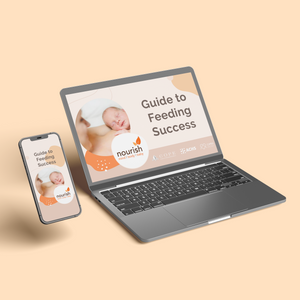
03. Infant Feeding Guide
$55 -
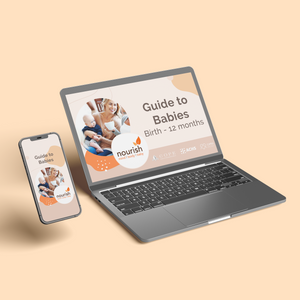
04. Baby Sleep Guide - First 12 Months
$55 -
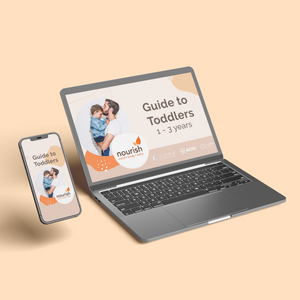
05. Toddler Parenting Course 1 - 3 Years
$55
-
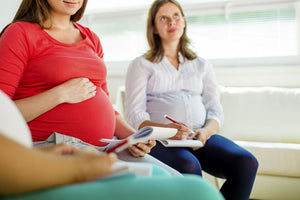 When to Start Antenatal Classes?
When to Start Antenatal Classes?
Becoming a parent is an incredible milestone, but it comes with a host of changes that can be daunting, especially for first time parents. Antenatal classes are all about offering expectant parents the education they need to make informed decisions, look after their bodies and care for their newborn babies. While you probably already have a long list of things you need to accomplish during your pregnancy, it’s a good idea to make time to attend antenatal classes.
-
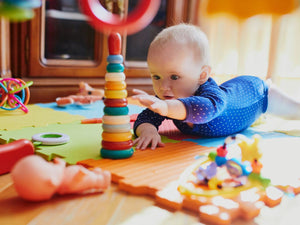 Development Milestones 4-8 Months
Development Milestones 4-8 Months
As they reach the middle of their first year, you'll start to see bigger leaps in their growth and ability!
In this article, we’re going to discuss your baby’s developmental milestones between 4-8 months, and what you can expect along the way.





 When to Start Antenatal Classes?
When to Start Antenatal Classes?
 Development Milestones 4-8 Months
Development Milestones 4-8 Months

